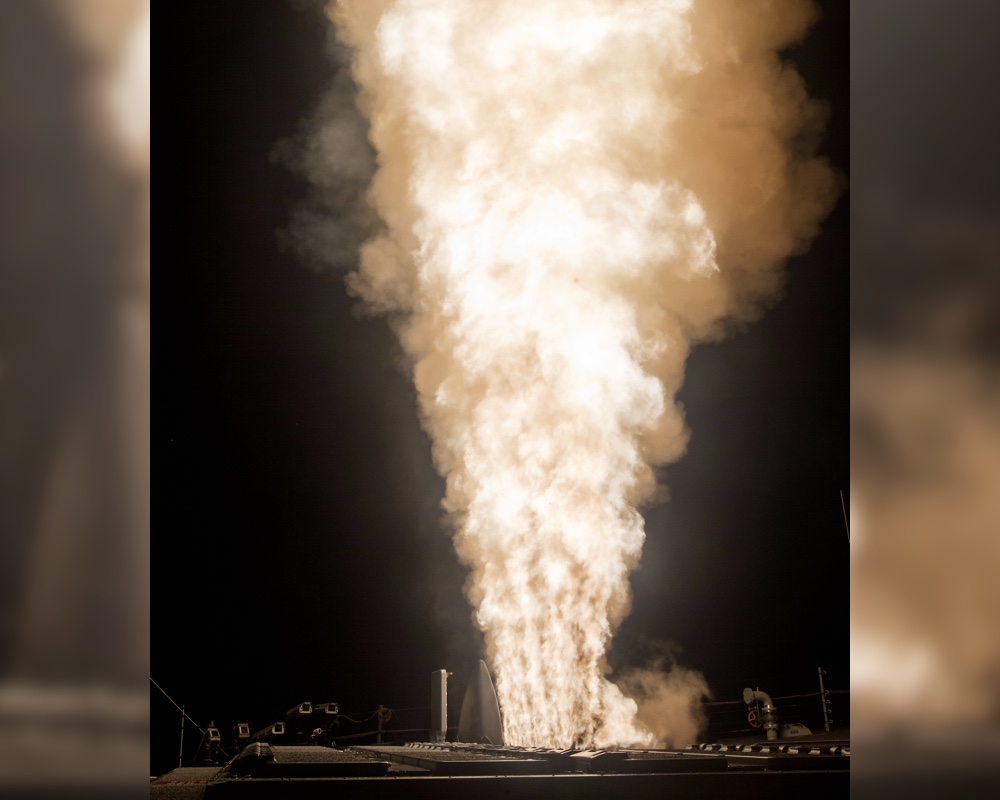The US Shot Down a Fake Nuclear Missile in Space with Another Missile (Video)
A U.S.-Japanese interceptor successfully shot down a test ballistic missile over Hawaii. It was the second-ever success for the joint missile defense program, and a stunning technological accomplishment. Also, the whole thing was captured on video.
The interceptor, called the Standard Missile-3 Block IIA, destroys targets with sheer force, rather than an explosive warhead, and according to its manufacturer Raytheon, the interceptor's "kill vehicle" (a projectile) rams into a ballistic missile with the force of a 10-ton truck traveling 600 mph (965 km/h).
But does any of this make the U.S. (or Japan) any safer? Are American cities less likely to be struck by nuclear missiles now? [The 22 Weirdest Military Weapons]
That's a much tougher question to answer.
This second-ever success for the SM-3 missile interceptor follows two public (and embarrassing) failures for the program, during which the interceptors failed to hit their targets. As Defense News reported, the first test in February 2017 was successful, but a second test in June 2017 failed after a sailor "accidentally triggered the missile’s self-destruct feature." A third test, in January, failed to hit the target.
As Jefferey Lewis, a nuclear expert and Director of the East Asia Nonproliferation Program at the Middlebury Institute of International Studies at Monterey, has noted several times on his podcast, this track record isn't particularly inspiring for a program tasked with protecting cities from nuclear fireballs.
The task of hitting a nuclear missile that's shooting through space with an interceptor is incredibly difficult. The missile itself moves at blistering speeds and is relatively tiny in the vastness of space. The SM-3 must move even faster, and travel at a near-perfect trajectory, to smash into its target. It's often compared to shooting a bullet with a bullet. The interceptor, theoretically capable of being launched from sea or land, uses radar data transmitted to it from land to home in on its target.
Breaking space news, the latest updates on rocket launches, skywatching events and more!
Lewis has noted previously that even the low success rate of defense systems like the SM-3 makes them look more capable than they may really be. In the real world, a nuclear attack probably wouldn't involve just one missile. It probably wouldn't occur in the ideal weather conditions during which these tests are scheduled. And it might come from an unexpected location or travel along an unexpected trajectory. It's unclear how an interceptor that has a 50-percent or so success rate during tests would perform in that sort of real-world scenario.
Folks involved with the SM-3 program have a more optimistic take on the tests. Missile Defense Agency Director Lt. Gen. Sam Greaves told reporters in March that even failures represent learning opportunities for the program, and that it will ultimately make the U.S. safer. The goal is to eventually station SM-3s in Poland, Romania and Japan. A May 2018 report from the Government Accountability Office put the interceptor's price tag at $39 million.
Meanwhile, as Live Science has reported previously, some experts believe that efforts to expand U.S. missile defenses have triggered Russian investment into bizarre new forms of nuclear weapons designed to avoid such defenses.
Originally published on Live Science.

Rafi wrote for Live Science from 2017 until 2021, when he became a technical writer for IBM Quantum. He has a bachelor's degree in journalism from Northwestern University’s Medill School of journalism. You can find his past science reporting at Inverse, Business Insider and Popular Science, and his past photojournalism on the Flash90 wire service and in the pages of The Courier Post of southern New Jersey.


